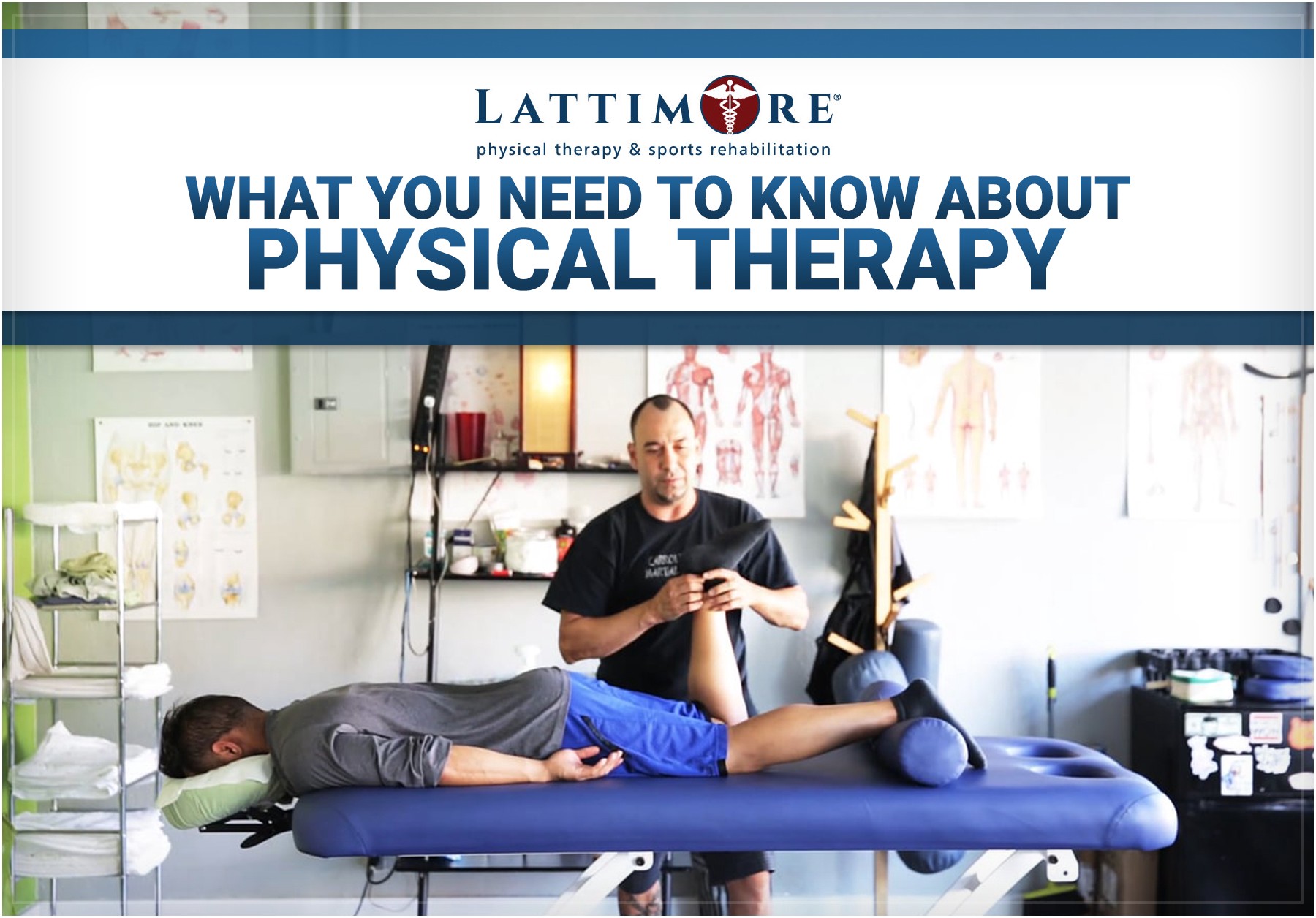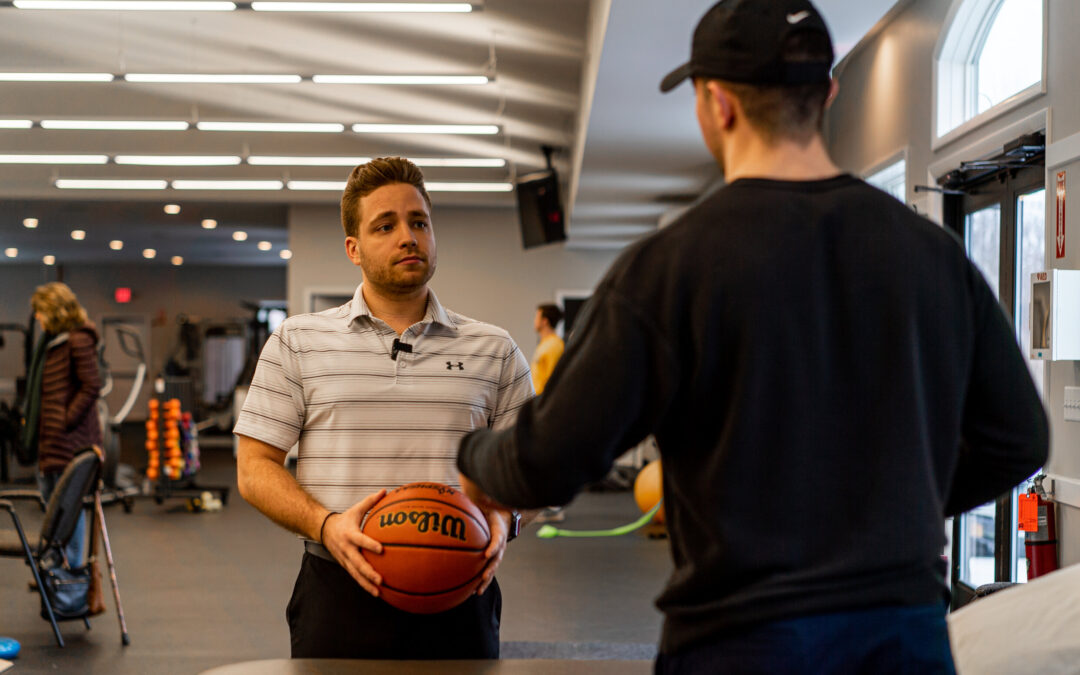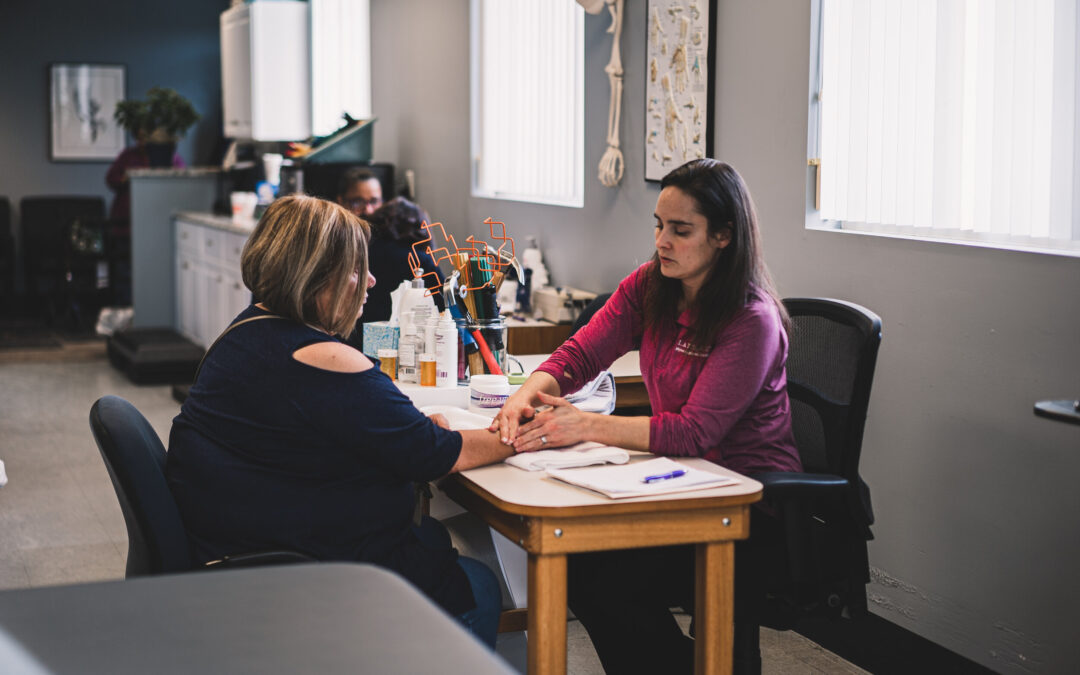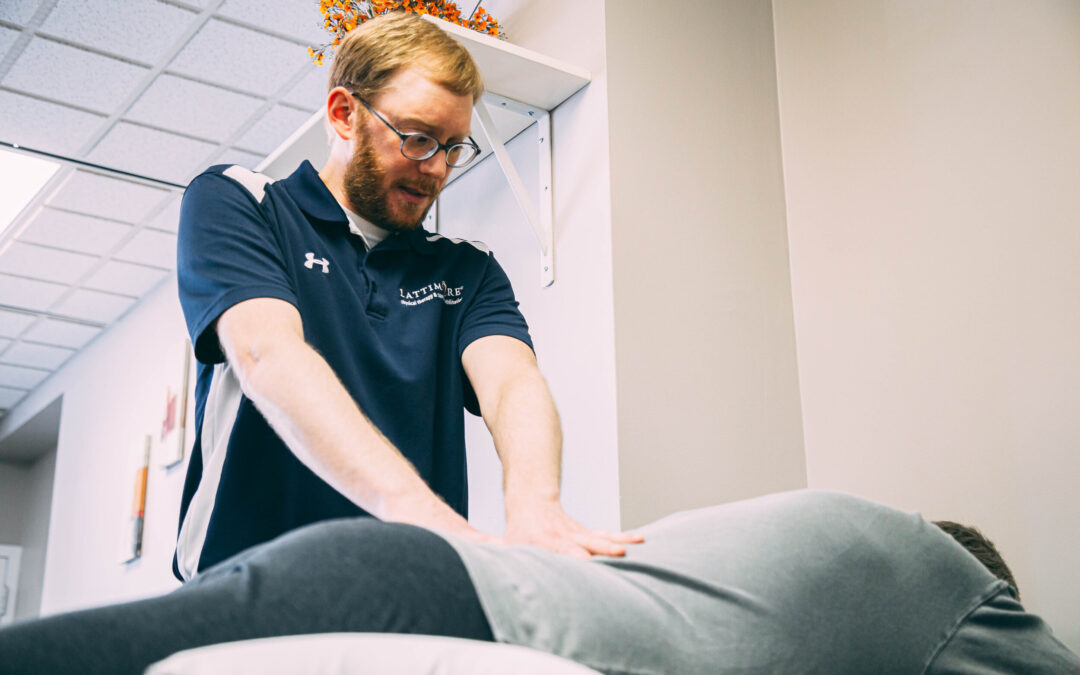Let’s say you’re experiencing lower back pain. You make an appointment with your doctor and share the following information:
“I’ve been experiencing pain in my lower back since last December. I can’t remember any specific event that caused it. I didn’t lift anything heavy or do any strenuous exercise. Over the past few weeks, the pain has gradually gotten worse. It keeps me from standing for long periods of time.”
After an initial consultation with your doctor, your physician schedules Magnetic Resonance Imaging (MRI) and computerized tomography (CT) scans. After reviewing the images, the results come back negative, meaning everything looks good.
But you don’t feel good. How can this be?
After hearing these results, you are upset. You feel no closer to identifying the problem. In response, your doctor refers you to a physical therapist. It’s important to note while many patients are referred to a physical therapist, you do not need a referral to see a physical therapist in the state of New York. This means if you want to see a physical therapist, you can make an appointment.
What if you’ve heard the term ‘physical therapy’ before, but you’re not sure exactly what it means?
You’re in the right place. In this article, we will answer frequently asked questions including:
-
What is physical therapy?
-
Can physical therapy help me?
-
What does a physical therapist do?
-
What happens during a physical therapy session?
What is physical therapy, anyway?
At a broad level, physical therapy is a type of medical treatment, but it does not involve surgery or medication. That being said, it can be used on its own, or in conjunction with other treatments.
By definition, physical therapy is a physical medicine and rehabilitationspecialty. The American Physical Therapy Association (APTA) explains, “PTs examine each individual and develop a plan using treatment techniques to promote the ability to move, reduce pain, restore function, and prevent disability.”
What does this actually mean?
In short, physical therapy can improve your mobility and potentially reduce pain or other symptoms.
While the reasons for seeing a physical therapist differ according to patient, the average person engages in physical therapy in an effort to make his or her day-to-day activities easier. From a 10 year-old recovering from a sprained ankle to a senior recovering from a stroke, physical therapy can be an effective treatment option.
Depending on your injury or condition, you may receive manual therapy during a session, such as hands-on joint and soft tissue treatment. In the least, a physical therapist will teach you how to manage and care for your symptoms with an individualized treatment plan.
Can physical therapy help me?
As implied by the definitions above, physical therapy can help a wide variety of people dealing with a range of medical conditions. Here are a few common applications:
-
Balance and walking problems
-
Neurological problems
-
Sports injuries
-
Diabetes and vascular conditions
-
Age-related issues
-
Heart and lung disease
Physical therapy can help the entire body and improve functioning from your head to your toes.
What does a physical therapist do?
Physical therapists can identify, diagnose, and treat problems that may be the root cause of your pain. Every physical therapist in the state of New York is licensed. This means they have completed an advanced education to obtain their licenses (a master’s or higher degree in physical therapy).
A physical therapist will discuss your symptoms, pain, and daily activities. They will examine you and develop a specialized treatment plan. It is their number one goal to help you feel better.
What happens during a physical therapy session?
A standard physical therapy session is 45–60 minutes long. During your first session, the following may occur:
-
Medical History Review: Even though your physical therapist may have your medical history on file, he or she may still discuss your medical history in detail. The therapist will want to ensure that he or she understands your former and current conditions.
-
Physical Examination: Since it is the therapist’s job to understand your pain and help you feel better, he or she will conduct a physical examination. The therapist will want to look at your flexibility, strength, and balance. To do this, you may have to walk, run, or stretch in different ways depending on your condition.
-
Treatment Plan: Physical therapy isn’t a one-and-done treatment option. After you complete the medical history review and physical examination, your therapist will develop an individualized treatment plan to help you feel better over time.
-
At-home Exercises: Depending on your treatment plan, your therapist may send you home with exercises. In most cases, you will need to complete a series of exercises outside of your physical therapy session to aid in your own recovery.
Physical therapy exists to make your day-to-day activities easier. No one has time for pain and discomfort.
The Lattimore Physical Therapy & Sports Rehabilitation Network was founded by Physical Therapists John and Cindy Shuman in 1992. Since then Lattimore has grown to 20+ locations in 4 different counties.
What’s unique about Lattimore is our patient experience. We tailor your 1:1 treatment around your individual needs, conditions and goals. With us, you’re more than just a number. You’re a member of our local community and we’re invested in your success. Call 1–888-PT ROCHS to experience The Lattimore Way!
Follow us on social media
If you enjoyed this blog, please share with your friends!





